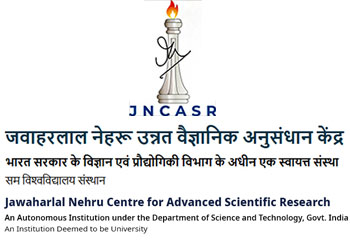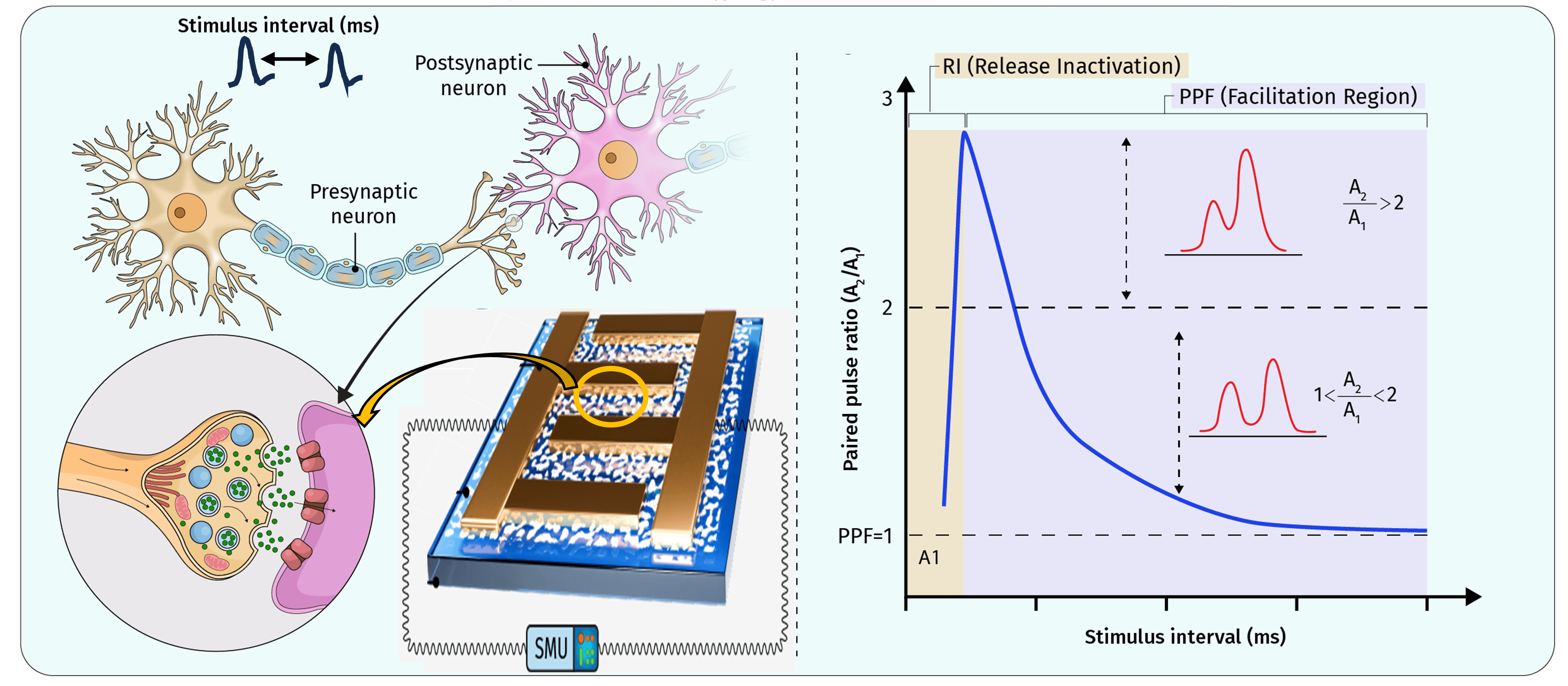From language processing to autonomous vehicles, artificial intelligence (AI) is transforming technology’s role in our world. However, despite impressive advances, AI systems still fall far short of the human brain's cognitive abilities. This disparity has helped in growing interest in neuromorphic computation, which takes inspiration from biological neural networks. Replicating the brain's natural processes for signal processing, storage, and transmission has become increasingly important for developing advanced AI systems.
One of the critical mechanisms in this context is paired-pulse facilitation (PPF), where repeated action potentials strengthen synaptic connections, enhancing conductance. This phenomenon is key to long-term potentiation and Hebbian learning, emphasizing the importance of temporal dynamics in synaptic weights. Another important feature is release inactivation (RI), where closely spaced firing events temporarily reduce neurotransmitter release and signal transmission. These dynamic behaviours are essential for developing bio-inspired neural networks with adaptive properties. Our study presents a resistive device with well-controlled conductance and retention states, ideal for exploring PPF behaviour and dynamic synaptic modulation. We introduce two distinct PPF indices: PPF(G), based on conductance, and PPF(tr), based on retention time, with PPF(tr) being reported for the first time. These indices closely match those observed in biological neurons, demonstrating the device’s potential for replicating natural synaptic behaviour. The device also quantitatively emulates RI, adding another dimension of bio-mimicry relevant to neuromorphic computing. A novel finding is the "second-order PPF" (2ndPPF), where the first pulse retains pairing characteristics beyond its retention period, resembling the "tip of the tongue" experience. This discovery reveals complex temporal dynamics that could enhance memory and processing functions in artificial neural networks, particularly in dynamic applications like reservoir computing (RC).























